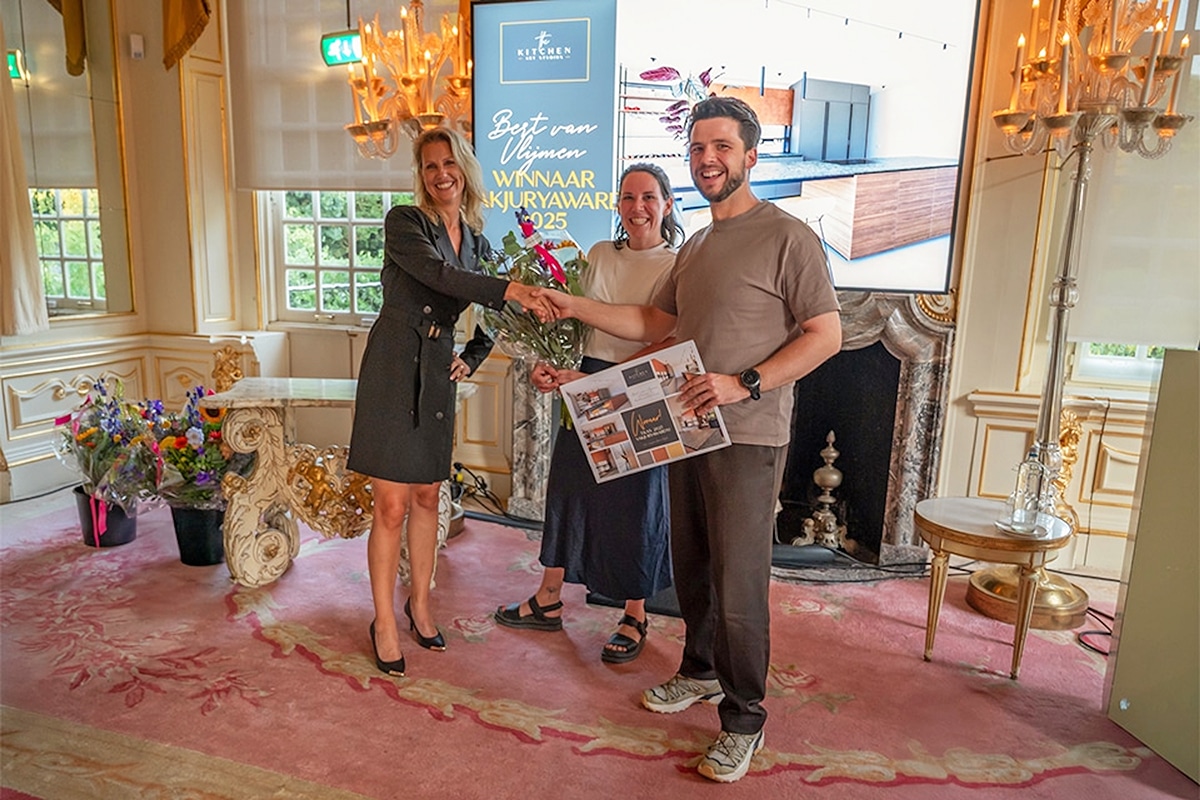
Architectural lighting emphasizes the character of a building
"A beautiful building deserves good lighting," Marnix van Twist, owner and director at Cleary BV of Nuenen opens the conversation. He is referring to the fact that good lighting or illumination of a characteristic facade provides enormous architectural added value. He should know, since Cleary, as a specialist in lighting and lighting controls, has built up a good reputation with its architectural lighting.
With origins in supplying lighting for interior design, retail and signage, Marnix sees his company moving away from supplying purely lighting components in recent years. "We grew into an expert company in lighting concepts, complete solutions with solid knowledge of controls and software."

The ingredients of good lighting or illumination of a building
According to Marnix, architectural lighting can be broadly divided into two techniques: on the one hand, lighting a façade, through light sources located around the building; on the other hand, lighting a building, through light sources attached to the building itself. "A combination of the two is, of course, also possible. It is the situation and the client's wishes that determine which method is best," Marnix outlines. "Ingredients for good architectural lighting are determining the effect to be achieved, applying the right light sources and, if applicable, controlling the lighting correctly."
With light, you bring a building to life when it is dark. "With that, a building becomes a real eye-catcher. Just as a cartoon exaggerates characteristics to make an impact, a facade can be excitingly accented with lighting. With us in the Netherlands, lighting is often an 'accessory' that is only added to the architectural experience afterwards. If we look at projects in the Middle East, we see that a well thought-out lighting plan for the façade is already included in the initial design of a building. In addition, regulations in Western Europe are somewhat stricter, but fortunately for us, provinces and municipalities are becoming more lenient in allowing architectural lighting."

Specialists from design to implementation
Cleary has certified employees; from lighting design to installation and maintenance, all knowledge is in-house. "We control the entire process. With new construction, depending on the project, we often sit down first with the architect, then with the facade builder, etc. If necessary, we deliver everything from a single source," Marnix said. "Also in the field of renovation, we like to talk along. A great example is the KPN headquarters. Originally there were luminaires on the facade. After 20 years, however, these were no longer adequate. Cleary has now installed a total of 1504 rgb fixtures of 40 cm x 40 cm. The whole configuration is dynamic and controllable; the facade lighting acts as a gigantic display. Both KPN and the municipality use it to communicate messages."
Cleary is increasingly called upon to design and install dynamic façade lighting. "That's really specialized work, where a lot has to be done on the software side as well. So that knowledge is there with us."
Cleary always delivers software-controlled dynamic lighting with an interface for the customer. "Optionally, the customer can use their own animations or videos as content for the lighting. However, those who want a pre-programmed lighting game, where the variations are under fixed buttons or in a calendar, can of course get that as well."
Cleary always customizes, as the user determines. A trend that Marnix observes is 'entrance lighting'. Marnix: "An entrance is the business card of a building, it can be put in impressive light. Another trend is that owners or managers like to operate everything remotely. That too is no problem."
Cleary provides hardware from pixel to wallwasher. "In high quality, IP68 waterproof. Whether we need to put a whole facade in the light, or just an object, it's still a game between light and shadow."



